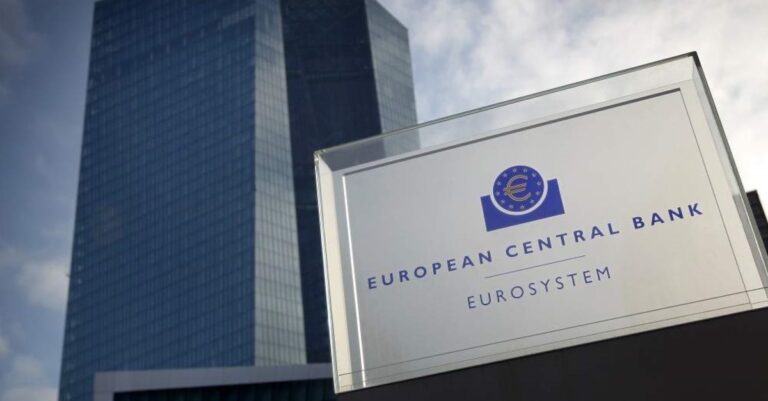In the realm of cryptocurrencies, safeguarding your digital assets is paramount. With the surge in crypto adoption, ensuring the security of your holdings has become more critical than ever. This is where the concept of crypto wallets comes into play. However, not all wallets are created equal. In fact, they can be broadly categorized into two main types: cold wallets and hot wallets. Understanding the nuances between these two types is essential for any crypto enthusiast. Let’s delve into the intricacies of cold and hot crypto wallets.
Cold Wallets: Fortresses of Security
Cold wallets, also known as cold storage, are akin to digital fortresses safeguarding your cryptocurrencies offline. These wallets are not connected to the internet, thereby mitigating the risk of online hacking or unauthorized access. Cold wallets come in various forms, including Hardware Wallets, Paper Wallets, and even Offline Software Wallets.
- Hardware Wallets: Arguably the most popular form of cold storage, hardware wallets are physical devices specifically designed to store cryptocurrencies offline. These devices resemble USB drives and employ advanced encryption mechanisms to secure your private keys. Examples include Ledger Nano S, Trezor, and KeepKey.
- Paper Wallets: As the name suggests, paper wallets involve generating and printing your private keys onto a physical piece of paper. While seemingly low-tech, paper wallets offer robust security if stored properly. However, they require extra caution to prevent physical damage or loss.
- Offline Software Wallets: Some software wallets allow users to generate private keys while offline, enhancing security by keeping sensitive information away from potential online threats. These wallets typically involve downloading and installing software on an air-gapped device, such as a computer not connected to the internet.
Hot Wallets: Convenience at a Cost
Contrary to cold wallets, hot wallets are connected to the internet, offering greater accessibility and convenience for frequent transactions. However, this convenience comes with inherent security risks due to their online presence.
- Web Wallets: Web wallets operate through online platforms or exchanges, allowing users to access their funds via web browsers. While convenient for quick transactions, web wallets are susceptible to hacking attempts and phishing attacks, as they store private keys on third-party servers.
- Desktop and Mobile Wallets: Desktop and mobile wallets are software applications installed on computers or mobile devices, respectively. While offering more control compared to web wallets, they still face security risks, particularly if the device is compromised by malware or viruses.
Choosing the Right Wallet for You
When it comes to selecting a crypto wallet, there is no one-size-fits-all solution. Your choice should be based on factors such as security requirements, frequency of transactions, and personal preferences.
- Security: If security is your top priority and you plan to hold cryptocurrencies for the long term without frequent transactions, a cold wallet like a hardware wallet or paper wallet is ideal.
- Convenience: On the other hand, if you require frequent access to your funds for trading or spending, a hot wallet such as a desktop or mobile wallet may be more suitable, provided you take necessary security precautions.
Conclusion
In the dynamic landscape of cryptocurrencies, protecting your digital assets is paramount. Cold wallets offer unparalleled security by keeping your private keys offline, while hot wallets provide convenience for day-to-day transactions. By understanding the differences between these two types of wallets and evaluating your own needs, you can make an informed decision to safeguard your crypto holdings effectively. Remember, regardless of the type of wallet you choose, practicing good security hygiene is crucial to mitigating risks and ensuring the safety of your investments in the ever-evolving world of cryptocurrencies.













